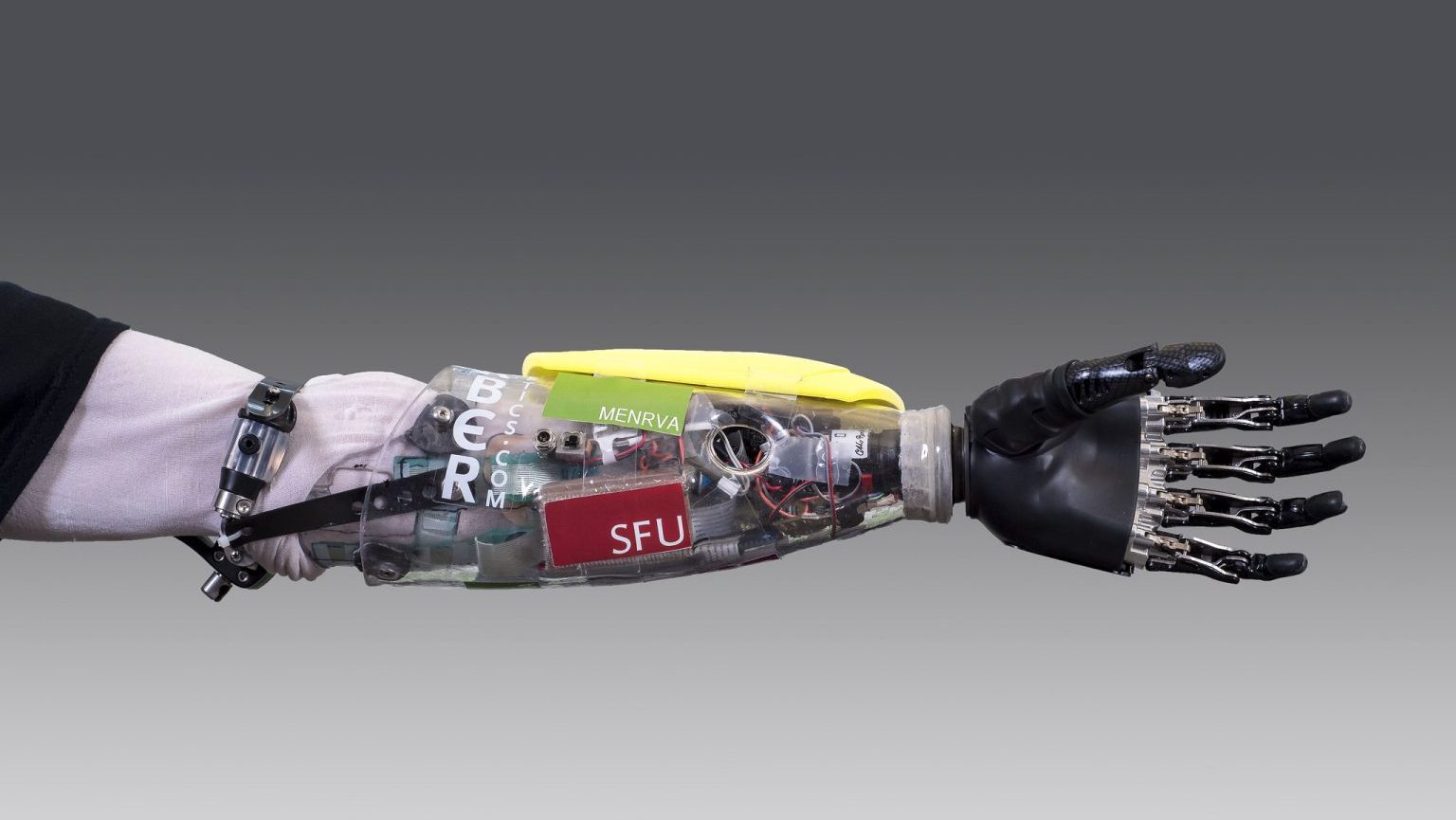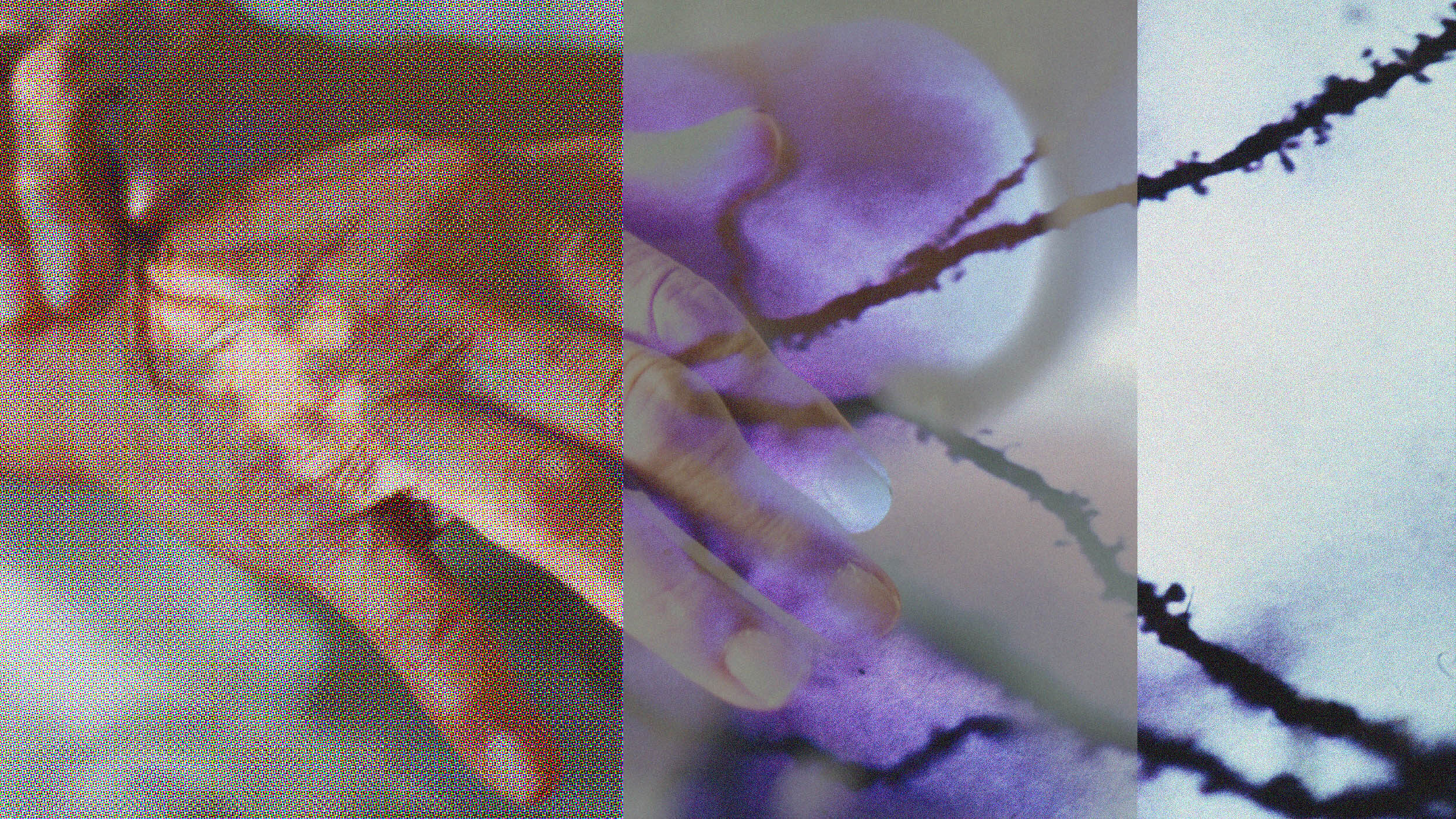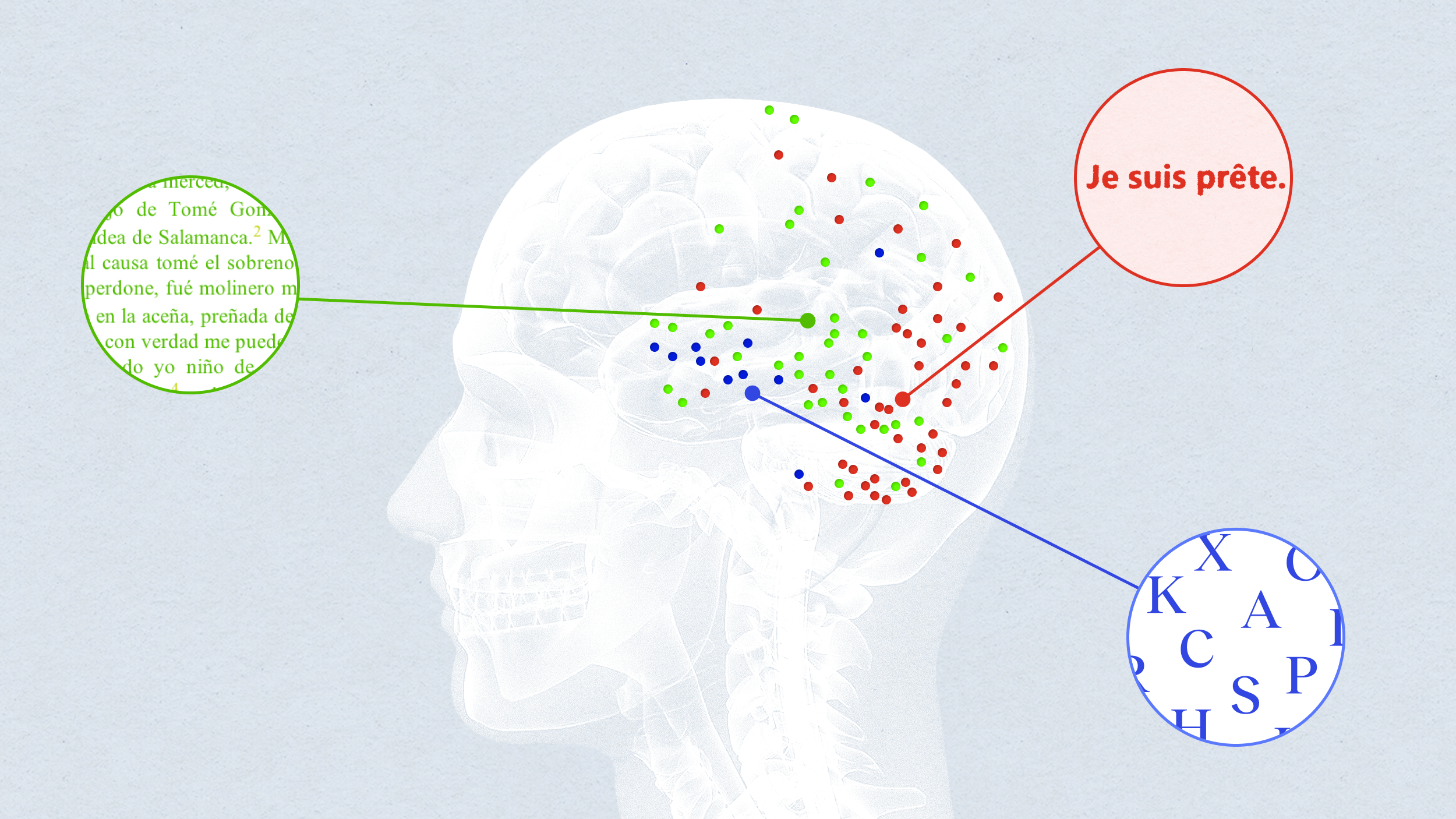Why are we so aberrant? It’s because our neurons are lousy processors, so we need big, fat brains to make clever us.
David Linden: So our brains are built out of neurons and those neurons are fundamentally similar to the very first evolved neurons in jellyfish-like or coral-like animals that first emerged about 600 million years ago. And it turns out that neurons are not that efficient at all. They signal probabilistically, they are unreliable, they leak signals to their neighbors and they’re slow. So then the question becomes, well we’re really clever, we humans. How do we build clever us out of such crummy parts?
And the answer is that, in order to build clever us, we need huge brains. We need an extraordinarily large number of neurons and to have massive interconnection between those neurons. So we have something on the order of 500 billion neurons in the human brain each neuron receiving about 10,000 connections from its neighbors. Now this turns out actually to be really crucial to our humanity because our adult human brain is 1,200 cubic centimeters in volume. That’s about three-fold larger than an adult chimpanzee. A newborn human has a brain of volume 400 cubic cm. And it turns out, as women well know that that barely fits through the birth canal as it is. It turns out that death during childbirth is a uniquely human phenomenon. You don’t see it in other animals. So you’ve got a newborn with a 400 cc brain and an adult with a 1,200cc brain. Well, it turns out that if you look at the development of the brain postnatally, there is furious brain development from birth to age five and then much slower brain development from age five to 20, and the brain isn’t mature until about the age 20.
What does this mean? It means that humans have by far, the longest childhood of any animal. Now, what are the sequelae of that? Well, what it means is that an Orangutan mom can take care of her offspring without any paternal contribution at all, just fine. But it turns out, if you look at humans in hunter/gatherer societies, which is what we were up until the last blink in evolutionary time, single motherhood is not a very viable endeavor. So, single moms aren’t very effective in keeping their children alive in hunter/gatherer societies.
So that’s why we have cross-culturally, marriage or marriage-like institutions. There isn’t a single culture that has ever been found that doesn’t have something like marriage. The details of the rules can vary, be we all have it. Why do we have this when 90 percent of mammalian species are promiscuous, where both male and female have many sexual partners within a given reproductive cycle where paternity is not well-established and where the male does not contribute in any way in the rearing of offspring? Why are we so aberrant? It’s because our neurons are lousy processors, so we need big, fat brains to make clever us. By putting many of these lousy processors together, we can only get 400 cc’s worth of these neurons through the birth canal, so we have to have very long post-natal maturation, a long childhood and consequently, that’s what creates love. That’s what creates our cross-cultural human mating system. It comes from the fact that neurons are lousy processors.
Directed/Produced by Jonathan Fowler, Elizabeth Rodd and Dillon Fitton





